Today, more than 600 companies produce smartphones. However, almost 80% of the world market belongs to ten major manufacturers, including South Korean Samsung (19%) and LG (3%), American Apple (12%), Finnish Nokia (1%) and Chinese Huawei (13%, including Honor), Xiaomi (9%), Oppo (9%), Vivo (8%), Lenovo (3%, including Motorola), Tecno (1%).
As known, the Chinese Xiaomi Corporation was founded in 2010. During this time, the company has developed and released a huge number of models in almost all price segments. Some series, for example, Xiaomi Mi Note, were discontinued, having existed for several years. But others were more successful.
Xiaomi series line
1.Xiaomi Mi – the main, flagship line; 6-inch or more IPS, or AMOLED displays, 8-core Snapdragon 660, 845, 710, 712, 730, 855 and 855+.
2018 – Mi 6X, Mi 8, Mi 8 Lite, Mi 8 EE and Mi 8 SE;
2019 – Mi 9T, Mi 9 SE, Mi 9 and Mi 9 Pro 5G.
2.Xiaomi Mi Max – phablets; 6.9 – inch IPS, 8-core Snapdragon 636.
2018 – Mi Max 3.
3.Xiaomi Mi Mix – frameless design; 5.99 “IPS and 6.39” Super AMOLED, 8-core Snapdragon 845.
2018 – Mix 2S and Mix 3;
4.Xiaomi Mi A – without MIUI firmware, with Android One distribution and a minimum of pre-installed programs (only Google services). Up to 6 inches IPS or 6-inch AMOLED, 8-core Snapdragon 660, 625 and 665.
2018 – Mi A2 and Mi A2 Lite;
2019 – Mi A3.
5.Redmi is a budget segment; IPS up to 6 inches, 8-core Snapdragon 625, 8-core MediaTek Helio P22 or 4-core MediaTek Helio A22.
2018 – Redmi 5, 5 Plus, S2, 6, 6A, 6 Pro.
6.Redmi Note – Phablets; IPS from 6 inches, 8-core Snapdragon 636.
2018 – Redmi Note 5 and 6 Pro.
7.Redmi sub-brand – since 2019, the budget segment; IPS or AMOLED from 6.2 inches and above, 4-core Snapdragon 425 or 8-core Snapdragon 632, 660, 675, 730, 439.
2019 – Redmi GO, Redmi 7, Redmi Note 7, Redmi Note 7 Pro, Redmi K20, Redmi 8.
8.Black Shark – game series (liquid cooling system, screen with a refresh rate of 120 Hz, enhanced performance mode); 6-inch IPS, 6 or 6.4-inch AMOLED, 8-core Snapdragon 845 or 855.
2018 – Black Shark and Black Shark Helo;
2019 – Black Shark 2.
MIUI (MI User Interface)
Of course, the OS is one of the main components of a modern phone, providing most of its smart functionality. As known, since 2010 Xiaomi Inc has been developing open-source MIUI (MI User Interface) based on the Android OS.
This OS does not use the app menu. The first versions were developed using a startup based on Android 2.2.x Froyo and only supported the Chinese language.
After entering the international market, Xiaomi divided MIUI into local Chinese and international. The local version uses English and Chinese languages, and Chinese counterparts instead of Google services. The international version supports Google services and more than 40 languages. For nine years, the company has released 11 versions. The penultimate, MIUI 10 (10.4.5.0 latest stable release) version was released on May 31, 2018. On September 24, 2019, the company introduced the latest MIUI 11 (11.3.4.0 release) for Android 7.0 and up, including Android 10.
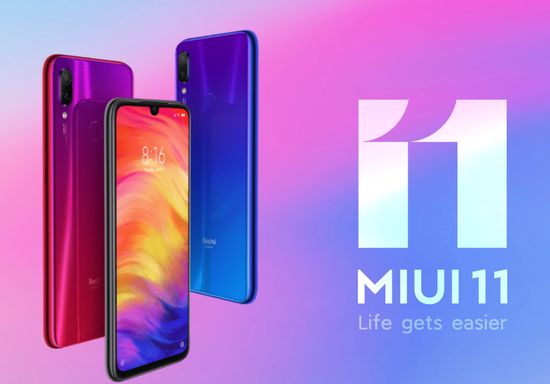
MIUI 11
The list of major changes:
– DC dimming.
Probably, DC dimming has become one of the main improvements of the new version. As known, adjusting the brightness of OLED matrices uses PWM (Pulse Width Modulation). Unfortunately, PWM causes the screen flicker when brightness decreases, which causes eye strain. In fact, this is one of the main disadvantages of modern AMOLED screens. Of course, the solution to this problem is a serious achievement. To reduce brightness, the algorithm reduces the voltage applied to the pixels, instead of frequency;
– interface – dark theme schedule, displaying the % battery charge, selecting MIUI or Android notifications, font size settings, a button for switching between camera modules, etc;
– a significant expansion of the assortment of sounds and their sets for notifications, mainly on the theme of nature (meowing, etc);
– Always On Display with dynamic animation;
– similar to Apple’s AirPlay, MIUI 11 offers Cast from Xiaomi (support for transferring content to the screens of most modern Smart TVs without additional software or equipment);
– similar to Apple’s AirDrop, data transfer to some other smartphones (Xiaomi, OPPO, Realme and Vivo).
Xiaomi Mi 9T and Xiaomi Mi 9 SE
The Xiaomi Mi 9T with a retractable front selfie camera offers a minimal flagship set.
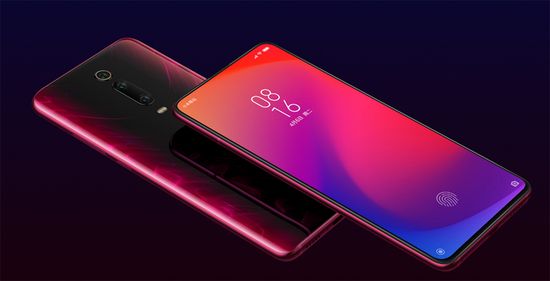
The model uses a 6.39-inch AMOLED display with 2340 x 1080 resolution (403 ppi), an 8-core Qualcomm Snapdragon 730 chipset (2 ARM Cortex-A76 with a frequency of up to 2.2 GHz and 6 ARM Cortex-A55 with a frequency of up to 1.8 GHz), RAM 6GB and 64/128GB. In addition, the model may well claim the status of a camera phone using a three-module camera (48 MP, 8 MP and 13 MP sensors) with f/1.75, f/2.40, f/2.40 aperture, LED flash, autofocus, macro mode and optical Zoom 2x. As usual, the front camera uses a 20 megapixel sensor.
In addition, a 4000 mAh battery provides a good battery life.
PROS
– good hardware platform;
– great main camera;
– retractable front camera;
– high battery life.
Cons
– does not support 4K @ 60 video recording;
– the average level of the unlock system.
Xiaomi Mi 9 SE is a compact version with a 5.97-inch Super AMOLED with 2340 x 1080 resolution (432 ppi).
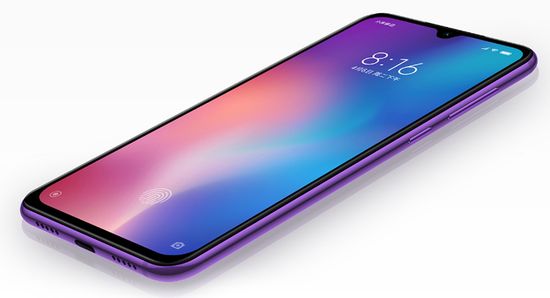
MI 9 SE uses Snapdragon 712 (2 Kryo 360 clusters, including 2 Cortex-A75 with a frequency of 2.3 GHz and 6 Coretx-A55 with a frequency of up to 1.8 GHz), RAM 6GB and 64 / 128GB, NFC and fast charging.
The model also has a three-module camera (8MP Sony IMX586 Exmor RS + 8MP + 13MP) and a 20-megapixel front camera.
Xiaomi Mi 9
Xiaomi Mi 9 is a more performance phone. Like the Mi 9T, the model uses a 6.39-inch AMOLED display with 2340 x 1080 resolution (403 ppi), RAM 6GB and 128GB.
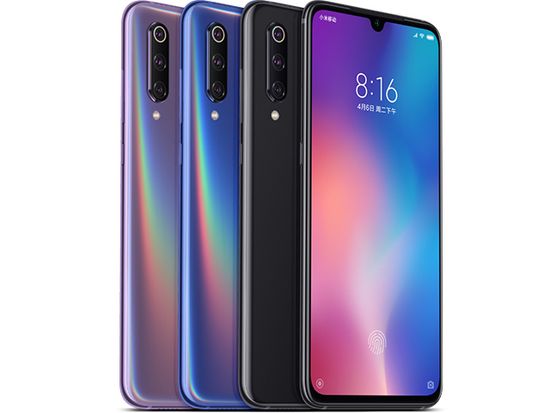
But the company equipped it with the more powerful Qualcomm Snapdragon 855 (8 Kryo 485, including Coretx-A76 up to 2.84 GHz + 512 KB cache, 3 Coretx-A76 (256 KB cache) up to 2.42 GHz and 4 Coretx-A55 up to 1.8 GHz).
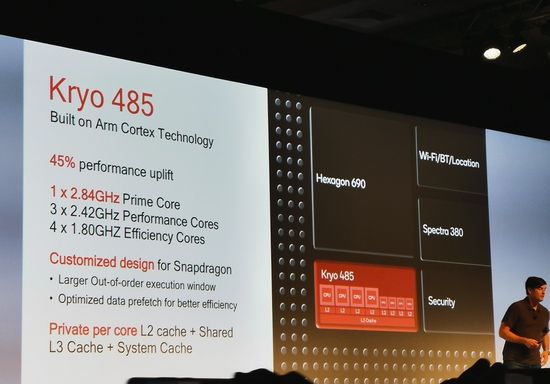
As known, the first smartphones with Snapdragon 855, including Xiaomi Mi9, Samsung Galaxy S10, LG G8 and V50 were presented at MWC (Mobile World Congress) 2019.
In addition, Mi 9 uses an exellent three-module (48 MP + 16 MP + 12 MP) camera with f/1.75, f/2.20 and f/2.20 aperture and a 20-megapixel front camera.
PROS
– great hardware platform;
– excellent shooting quality;
– Qualcomm Quick Charge and wireless charging.
Cons
– high price;
– no optical stabilization;
– there is no protection against moisture.
Xiaomi Mi 9 Pro 5G
But in September, the company already introduced the Xiaomi Mi 9 Pro 5G.
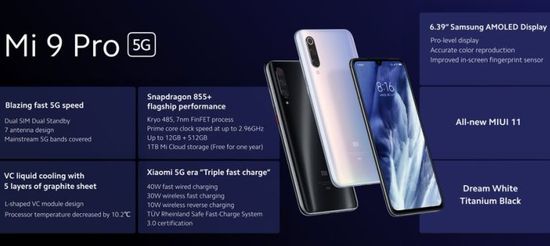
This smartphone has the latest Snapdragon 855+ (2019) with a fast Prime Core that clocks up to 2.96 GHz (up from 2.84 GHz in the 855), three fast ARM Cortex-A76 performance cores, which can reach up to 2.42 GHz and four power-saving ARM Cortex-A55 cores that clock up to a maximum of 1.8 GHz. In AnTuTu, the result of Xiaomi Mi 9 Pro 5G reaches 480,830 points.
Its price is $ 520 for model with RAM 8GB and 128GB, $ 534 – 8/256GB, $ 577 – 12/256GB and $ 605 – 12/512GB.
The capacity of battery increased from 3300 to 4000 mAh. The model supports triple fast charging. Charging time for wired charging is 48 minutes; wireless charging provides 2000 mAh in 25 minutes. The smartphone also supports wireless reverse charging for other mobile devices.
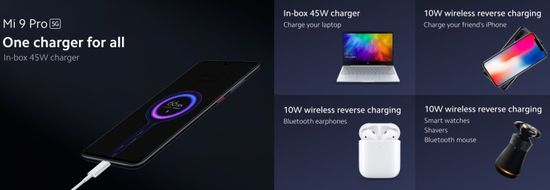
But other components have not changed much. The Mi 9 Pro 5G uses a 6.39-inch Samsung Super AMOLED Full HD+ display with a maximum brightness of 600 nits, and a fingerprint sensor is integrated under the screen. The three-module camera has a 48 megapixel sensor (wide-angle lens with a viewing angle of 79° and an aperture of f/1.75), a 16 megapixel sensor (ultra wide-angle lens with an aperture of f/2.2 and a viewing angle of 117°) and 12 megapixel sensor with f/2, 2. Additionally, the model has a front-facing 20-megapixel camera with f/2.0.
Xiaomi Black Shark 2
In addition, in 2019, the company introduced the second generation of the gaming Black Shark smartphone.
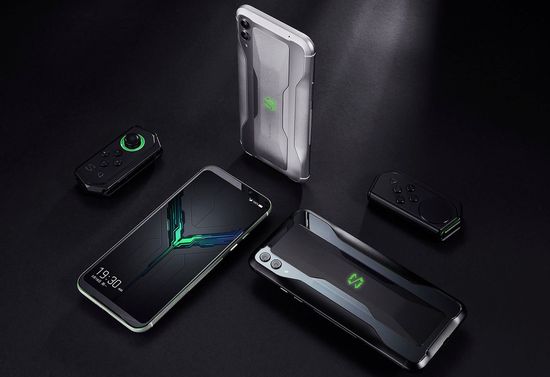
Xiaomi engineers managed to significantly improve the previous version. Firstly, Black Shark 2 uses an AMOLED matrix with an unprecedentedly low switching time for brightness levels and response of the sensor layer. Unfortunately, it does not support DC Dimming technology that eliminates screen flicker due to low frequency PWM. Secondly, the model uses an advanced liquid cooling system with a copper radiator and several layers of graphite film.
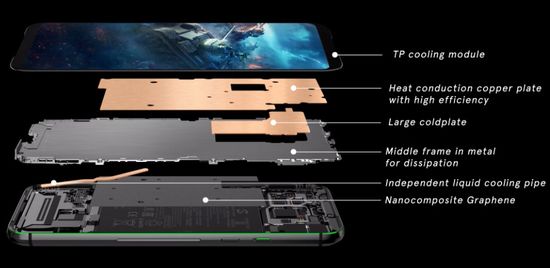
Unfortunately, it still heats up under prolonged high loads, but much less compared to Black Shark.
The model uses an 8-core Qualcomm Snapdragon 855. In addition, the smartphone has a 6.39-inch AMOLED display with 2340 x 1080 resolution (403 ppi), RAM 6GB, 128GB, a dual-module camera (48 MP + 12 MP) with f/1.75 and f/2.20 aperture and 20-megapixel front camera. Additionally, a 4000 mAh battery provides a good battery life.
PROS
– Snapdragon 855;
– very fast AMOLED matrix;
– gamer interface;
– Parental Control;
– optional gamepad.
Cons
– no DC Dimming technology;
– does not support memory cards;
– no NFC (Near Field Communication) module.
As known, the NFC module provides wireless data transmission at a short distance of up to 10 cm using a radio signal. The module practically does not consume energy and provides almost instant communication. Unfortunately, this protocol supports a rather low speed and limited amount of data. However, its popularity is growing rapidly.
Xiaomi Mi MIX Alpha
Of course, Xiaomi Mi Mix Alpha has become the most innovative phone in 2019. The area of its wrap-around screen reaches 180.6% of the body area. In fact, this unusual display is wrapped around the case.
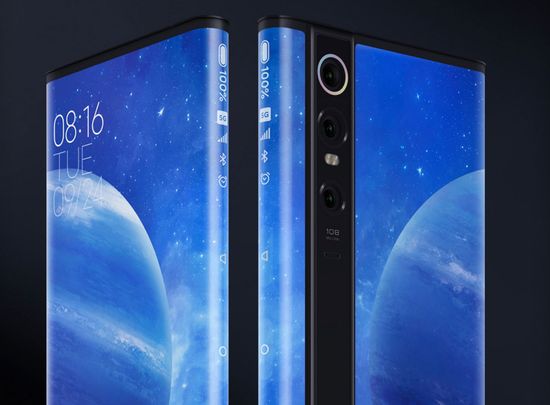
Its side faces are used to place touch buttons.
Of course, the camera with a 108-megapixel sensor (1/1.33-inch) was the second sensation of the model.
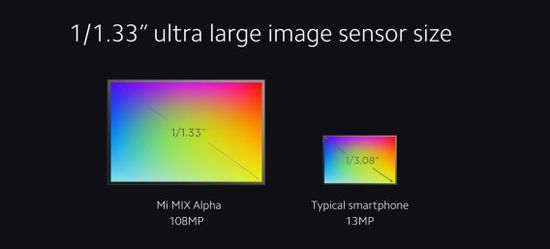
The camera also has an integrated optical image stabilization system. Lightweight and durable titanium alloy case provides a stylish design.
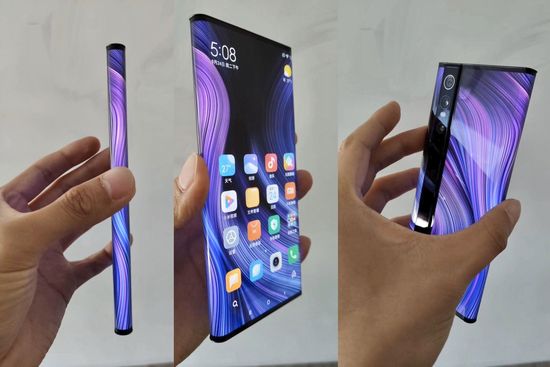
The rest of the specs also correspond to the highest level, including 5G, Snapdragon 855 Plus, RAM 12GB, 512GB, sound transmission technology via vibration of the screen surface, 4050 mAh battery, fast charge, etc.
Unfortunately, the preliminary price of the model reaches around $ 3,000.
Conclusion
More recently, consumer electronics from Chinese brands was mainly positioned in the budget or mid-budget segments due to the relatively low quality and innovative level. But in the past few years, the situation has changed radically. Chinese smartphones, TVs, projectors, robotic vacuum cleaners are increasingly successfully competing with the flagships of traditional leaders.
For example, many experts call Xiaomi Mi 9 Pro 5G one of the best models of 2019. In addition, Xiaomi Black Shark 2 successfully competes in the gaming segment. Moreover, Xiaomi Mi Mix Alpha rightfully claims to be the main innovative sensation of 2019. On the other hand, the price of Chinese brands also no longer refers to the budget segment.
Of course, Samsung, LG, and other traditional leaders are still leading in terms of reliability and service. But Xiaomi can press them on the innovative Olympus. Of course, this factor will significantly affect the choice of the optimal smartphone among high-tech fans.
This video shows a new Xiaomi Mi Mix Alpha phone with a unprecedented screen to body ratio (180,6%) and with a 108-megapixel sensor (1/1.33-inch).
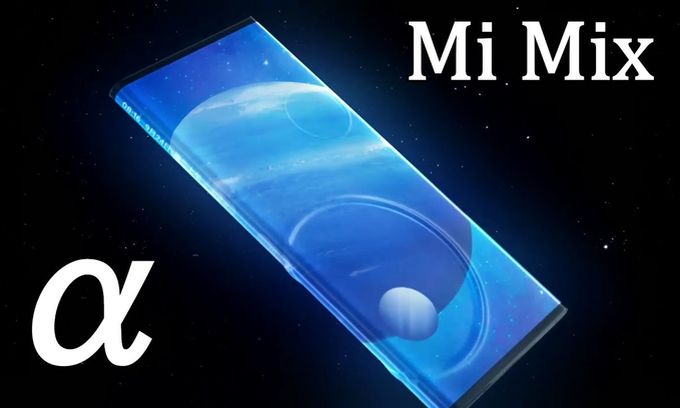
Pingback: Xiaomi Redmi Note 8 Pro vs Redmi Note 7 Pro Review - The Appliances Reviews